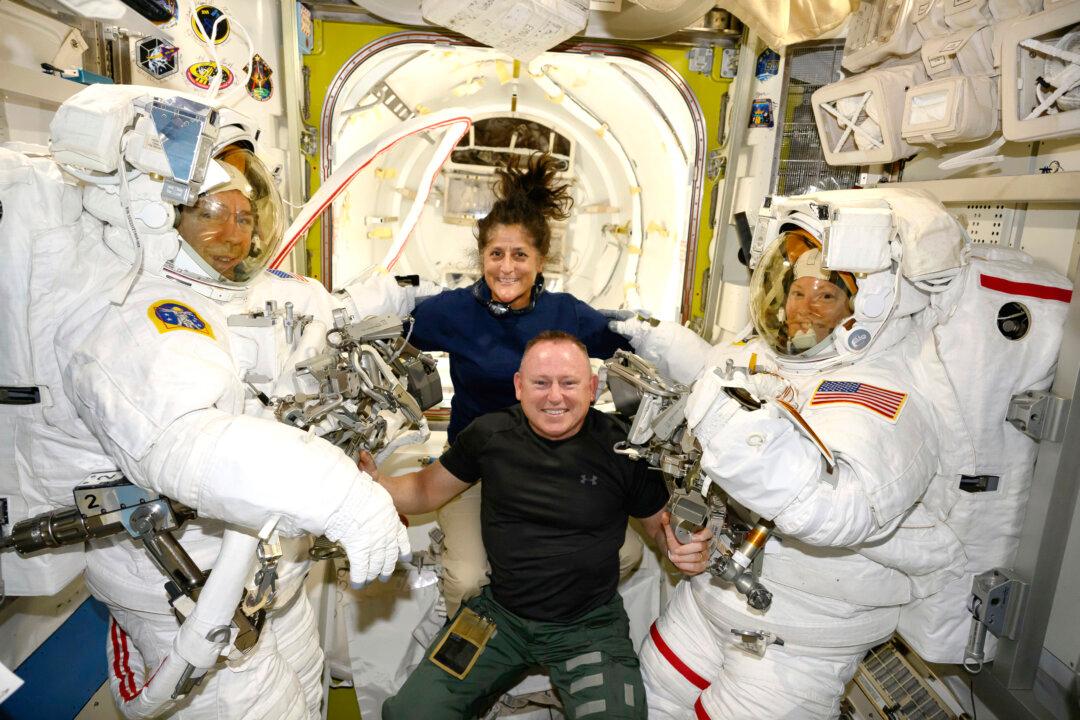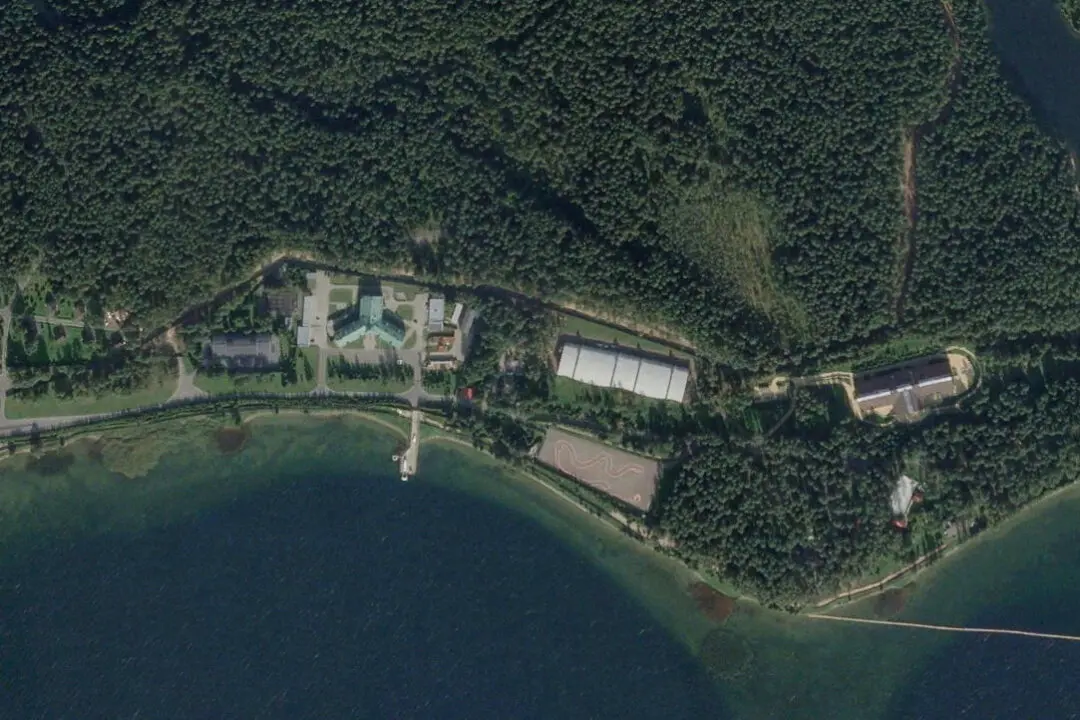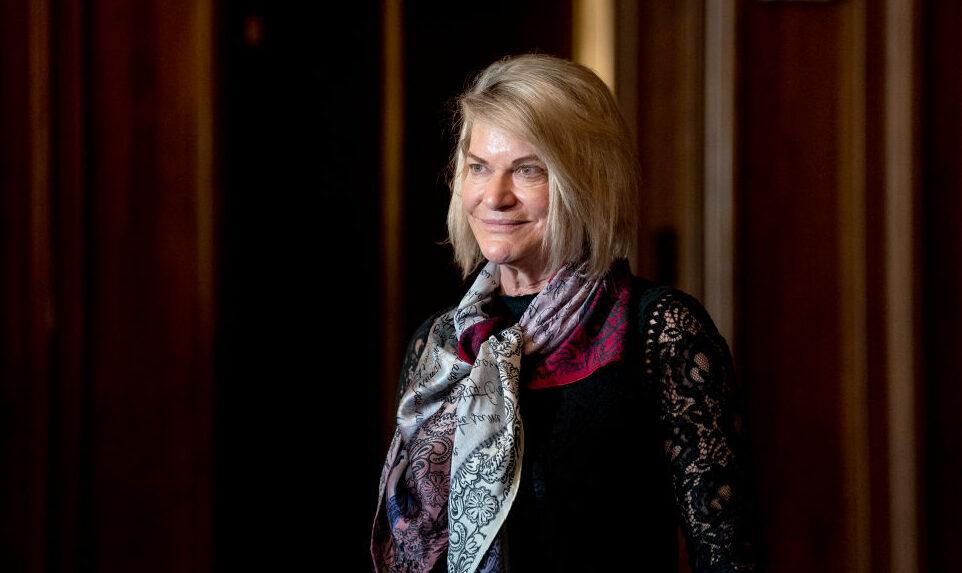The first crewed mission of Boeing’s new Starliner spacecraft faces more delays in its return from the International Space Station (ISS) as Boeing and NASA continue to evaluate the performance of its propulsion system, the space agency said on June 27.
The two NASA astronauts piloting the CST-100 Starliner—commander Barry “Butch” Wilmore and pilot Sunita “Suni” Williams—have been aboard the ISS for more than three weeks as NASA and Boeing have had to repeatedly push back the return date while addressing problems with the craft’s propulsion system. The initial return date of June 14 was first postponed until June 18 and then June 26, but neither Boeing nor NASA has provided a new date yet.





